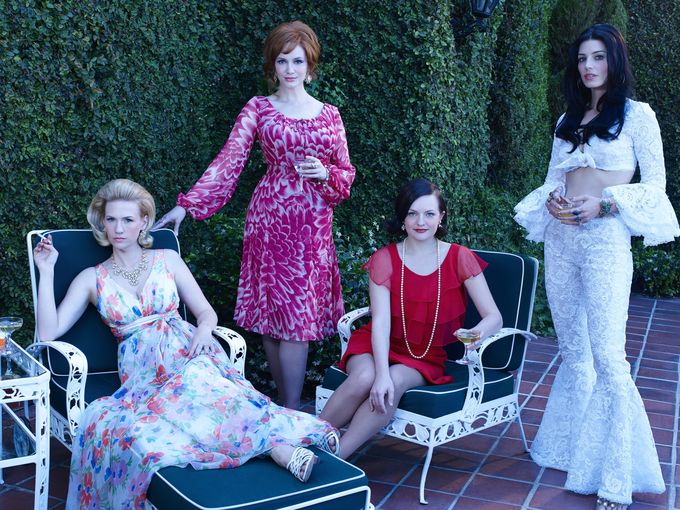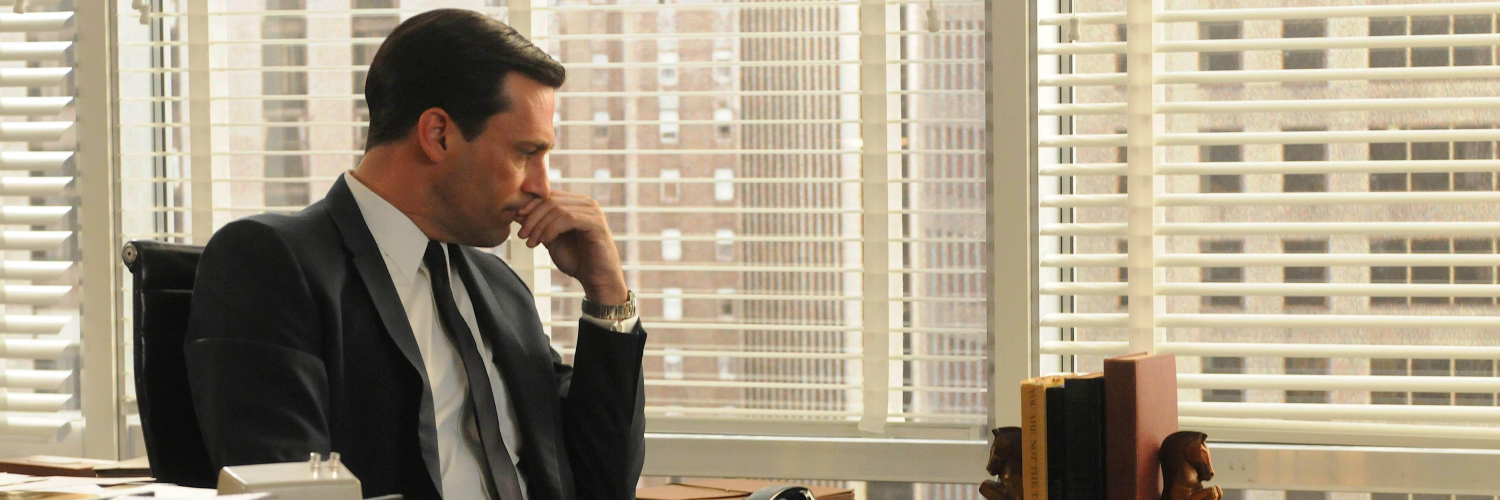For eight years “Mad Men” has chronicled the golden age of American advertising and the rise of its most iconic agencies, but it also offered insights about public relations – the practice of PR more than the business itself. Here, then, in an homage to the show that’s kept us riveted throughout those years, are our favorite Sterling Cooper lessons and insights about public relations.
Perception is reality.
Perhaps because he’s reached lofty career heights by living a lie, Don is an expert on perception versus reality. Just as he has reinvented himself, he perpetually reshapes the agency, as in season four’s aptly named “Blowing Smoke.” When the agency is fired by Lucky Strike, Don moves to save its reputation by taking out a full-page newspaper ad to trumpet the fact that Sterling Cooper will no longer accept tobacco clients. Talk about the ultimate spin!
News can trump paid advertising.
You knew that, of course. But it’s played up in a priceless, sitcommy way when Peggy cooks up a PR stunt to save the Sugarberry Ham account. She hires two actresses to stage a “food fight” over the last ham in a supermarket, and although the tussle turns violent and one actress ends up suing for assault, the agency does retain the business. Ironically, Don disapproves of the stunt, but the PR-savvy Peggy is the hero.
But earned media must be earned.
In the episode entitled “Public Relations,” Don utterly fails to charm a New York Times ad industry reporter who’s writing a profile on the hot young Creative Director, behaving instead like his typical witholding self. The result is a weak story about Don the cipher rather than the sparkling agency feature that SC hoped would propel its image.
Creativity is a meritocracy.
One of the best exchanges of the earlier seasons took place between Don and Peggy, when he dismisses the tagline she’s pitching. “That one’s yours,” she protests. “That doesn’t make it good,” he snaps. He’s right. In PR, as in advertising, even the top guy doesn’t nail it every time.
Great work doesn’t come cheap.
When in season three, Lane Pryce calls out Don and his team for excessive travel and office expenses, Don loses his temper. “You want to make money, start getting your nails dirty,” is not only about Lane and his own role at the agency. It’s also a reminder that, after a point, cost cuts are self-defeating in a creative service business. It’s the work, the quality of the service, and the relationships, that build an enduring business.
If you don’t like what’s being said, change the conversation.
These were Don’s words to Peggy and they’re the favorite of most PR professionals because that’s what we strive to do. Even as uttered by a fictional character forty-plus years before the birth of social media, they’re a pretty fair summation of the challenge – and the power – of great PR.





